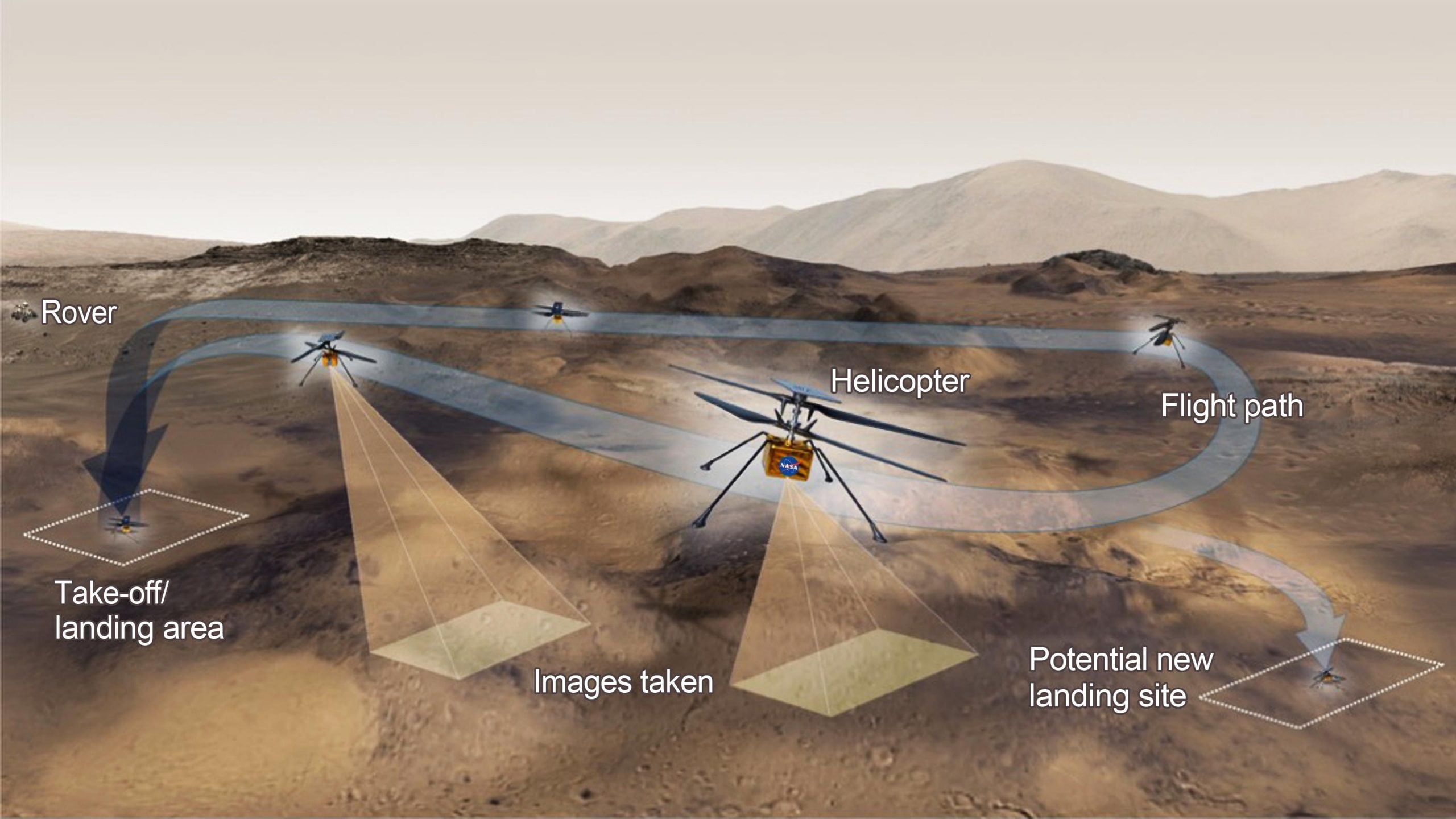Mars New Robot Ingenuity To Circle Up In The Planet

NASA’s Perseverance rover has been on Mars for several months and has been busy but hasn’t done any real scientific work. The rover has been documenting test flights and acting as a communications base station for the spectacularly successful Ingenuity Mars Helicopter.
NASA has granted Perseverance permission to conduct some basic scientific operations in its immediate vicinity.

Perseverance recently studied rocks in its immediate vicinity with its high-resolution camera and laser. The rocks were always meant to be studied by the rover because its landing site, known as Jezero Crater, is thought to have been a lake in the distant past. If the theories that the location was once a lake are correct, it could have been home to life of some kind.
Scientists may be able to learn more about whether or not life existed on the planet’s surface in the distant past by studying the rocks that surround the crater. One of the key questions that scientists working on missions with the rover want to answer is whether the rocks are sedimentary or igneous.
Mars Has Sedimentary Rocks
Sedimentary rocks, such as sandstone, can form in the presence of water and contain internal fragments such as sand, silt, and clay that preserve biosignatures. Volcanic activity creates igneous rocks.
Sedimentary rocks are excellent for looking for evidence of ancient life. Scientists studying the Earth are well aware that sandstone, in particular, contains a wealth of information about long-extinct species. If the rocks are igneous, however, they are unlikely to contain any evidence of ancient life.
During its mission on Mars, Perseverance will investigate a wide range of rock types. The rover will move around the crater, studying various types of rock in the hopes of learning as much as possible about Mars.
The SuperCam, which sits atop the car-sized Perseverance rover (like a crow’s nest on a ship), fires a powerful laser to identify the composition of rocks and, ultimately, the most interesting places to visit. As previously reported by Mashable,








